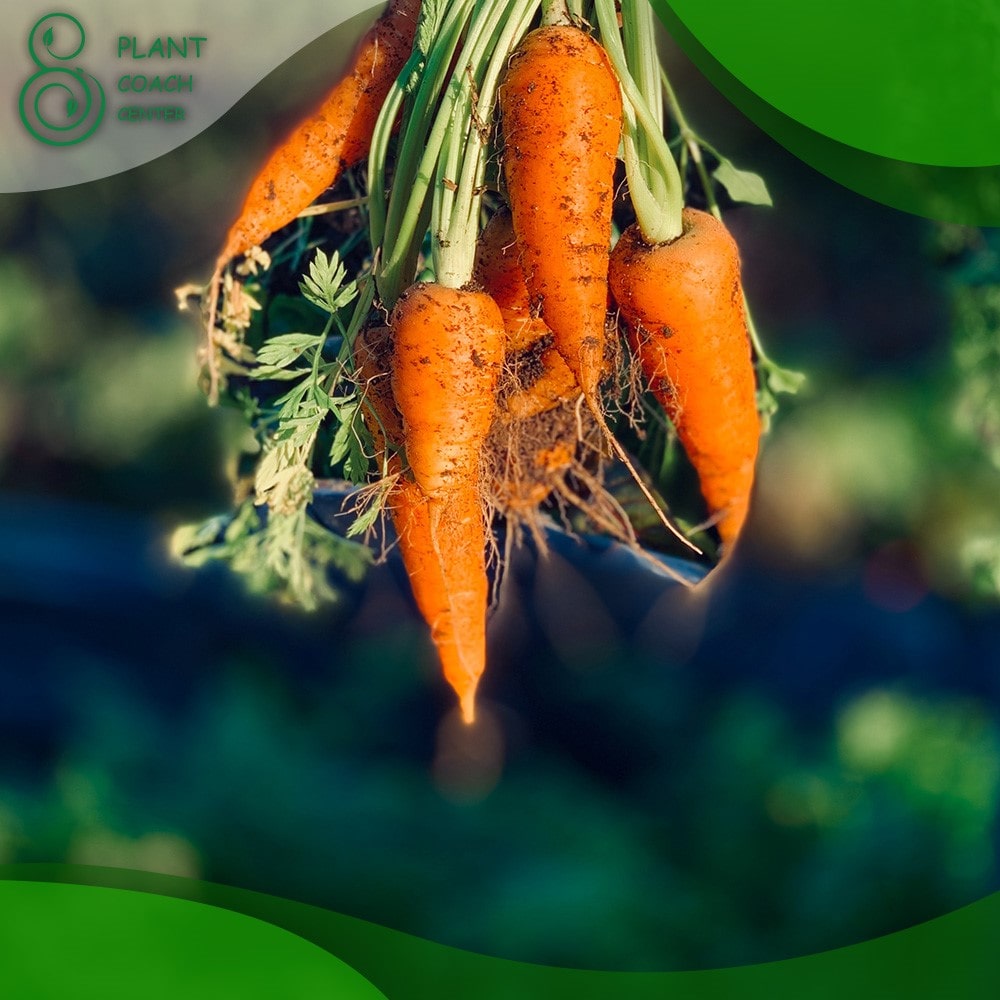When Do You Harvest Carrots
Carrots, with their vibrant orange hues and delectable sweetness, are a staple in worldwide gardens. From small kitchen plots to vast agricultural fields, these humble root vegetables offer a satisfying and nutritious addition to any meal. As a gardener, understanding the precise timing for harvesting carrots is crucial to ensure they reach their peak flavor and texture. However, this seemingly simple task has its nuances.
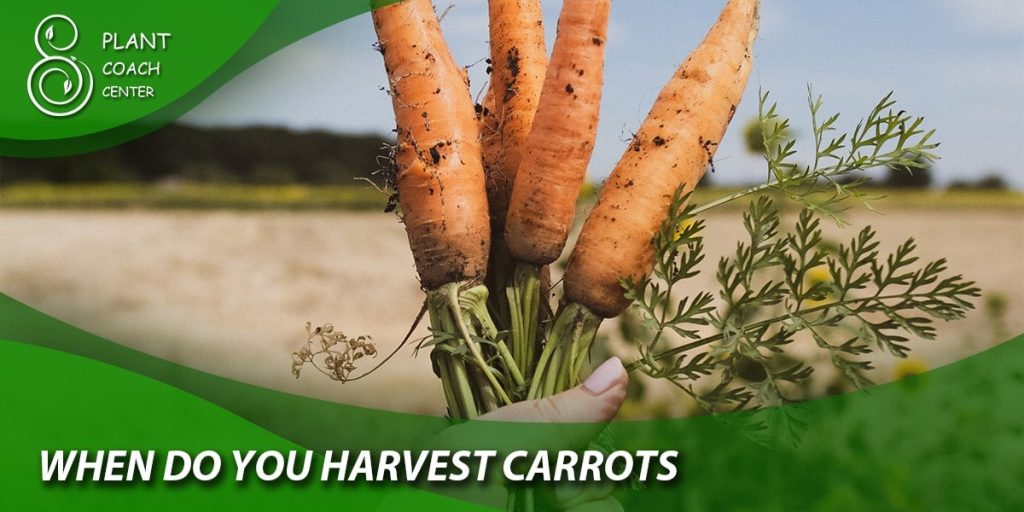
Carrot cultivation involves a delicate balance of patience, observation, and skill, as the ideal harvesting time varies depending on numerous factors, such as carrot variety, soil conditions, and local climate. This article will uncover the secrets of when and how to harvest carrots for the ultimate garden-to-table experience.
Whether you are a seasoned green thumb or just starting your gardening adventure. join us as we delve into the art and science of reaping the rewards of these earthy delights. Let’s explore the fascinating world of carrot harvesting and discover the perfect moment to unearth nature’s buried treasures.
The Perfect Timing: Unearthing the Hidden Signals for Carrot Harvest
Harvesting carrots at the precise moment is a skill that separates novice gardeners from seasoned experts. As these vibrant root vegetables mature, they undergo several stages of growth, each revealing subtle signals that indicate their readiness for harvest. Understanding these hidden cues is essential to enjoy carrots at their peak flavor and texture.
Growth Stages and Patience
The journey from seed to harvest is fascinating. Carrots start as tiny seeds, developing into delicate seedlings before eventually forming their taproot underground. The key to perfect timing lies in patience. While it may be tempting to pull them early, allowing carrots to mature fully will reward you with exceptional taste.
Inspecting the Foliage
One of the first indicators of a carrot’s readiness is its foliage. Take note of the green, feathery leaves above the ground. As the carrots near maturity, the foliage will become lusher and bushier. Once the leafy tops reach their full growth potential, it’s a sign that the carrots have developed adequately beneath the soil.
Judging by Carrot Size
Carrots come in various shapes and sizes, but as a general rule, most varieties are ready for harvest when they reach a mature size. Although the specific size may differ based on the carrot variety, harvesting too early might lead to underdeveloped roots, while waiting too long could result in woody or oversized carrots.
The Pull Test
When you suspect your carrots are nearing maturity, it’s time for a simple pull test. Gently grasp the green tops near the carrot’s crown and give a gentle tug. If the carrot resists and stays firmly in the ground, it’s not quite ready. However, if it easily releases from the soil, congratulations! Your carrots are ready to be harvested.
Taste Testing
The ultimate test of carrot readiness is taste. While the pull test is a helpful indicator, a quick sample can confirm if the carrots have reached their full sweetness and flavor potential. Take a bite and savor the delicious results of your hard work.
Accounting for Variability
Remember that carrot growth is influenced by numerous factors, including soil quality, weather conditions, and even the time of year. Variability is a natural part of gardening, so embrace the learning process and adjust your harvesting timeline accordingly.
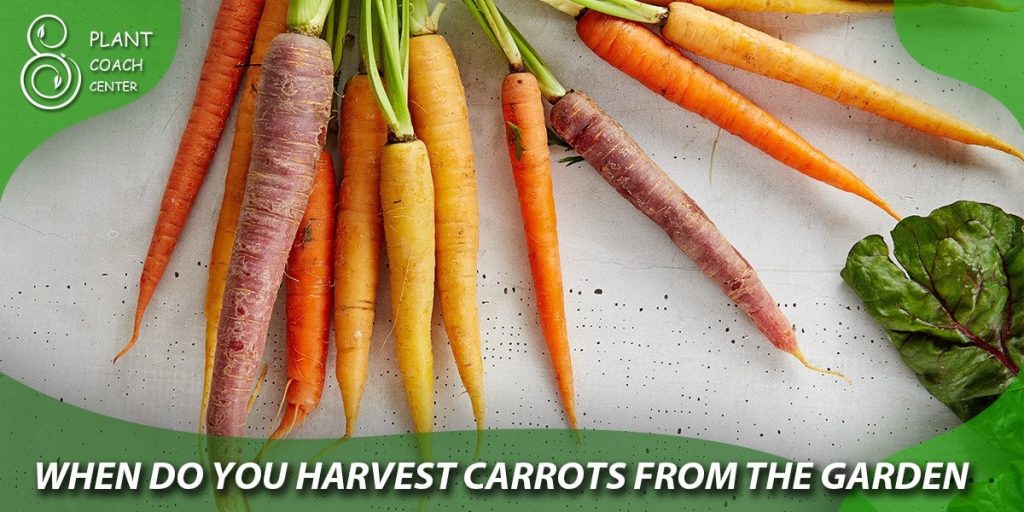
From Tiny Sprouts to Sweet Rewards: Understanding Carrot Growth Stages
Watching carrots grow from tiny sprouts into vibrant, flavorful roots is a rewarding experience for any gardener. To cultivate these underground delights successfully, it’s essential to grasp the various growth stages of carrots. Each phase in their development contributes to the overall quality and taste of the final harvest. Let’s explore the journey of a carrot from seed to maturity
Germination and Seedlings
It begins with planting the carrot seeds in well-prepared soil. During germination, the seeds absorb moisture and warmth from the soil, causing them to sprout. Tiny green seedlings emerge from the earth, showcasing the first signs of life. The seedlings are delicate and vulnerable at this early stage, requiring gentle care and protection.
Leafy Greens and Root Formation
As the seedlings grow, they develop lush green foliage above the ground. These feathery leaves harness sunlight and convert it into energy through photosynthesis. Simultaneously, the taproot starts forming beneath the soil, and with time, it elongates and thickens, shaping the future carrot.
Thinning and Proper Spacing
As the carrot seedlings continue to flourish, they must be thinned to allow adequate space for each carrot to grow. Thinning involves removing excess seedlings, leaving enough room between them to prevent overcrowding and competition for nutrients. Proper spacing is crucial for achieving well-formed, robust carrots.
Growth and Development
With plenty of sunlight, water, and nutrients, the carrots enter a rapid growth phase. They undergo substantial size and weight gain during this stage, transforming from slender roots into recognizable carrot shapes. Consistent and even watering is essential at this stage to prevent irregular growth and encourage the carrots to reach their full potential.
Maturation and Harvest
As the carrots approach maturity, their growth rate slows, and they start allocating energy to store sugars in their roots. This process enhances their sweetness and flavor, making them more palatable. Monitoring the growth stages is crucial, as harvesting at the right time ensures that the carrots are at their peak taste and texture.
Seasonal Sensibility: How Weather Influences Carrot Harvesting
The ever-changing weather patterns throughout the year play a significant role in the growth and development of crops, including carrots. As a cool-season vegetable, carrots have their own preferences regarding weather conditions. Understanding how different seasons impact carrot growth and harvesting is vital for achieving a successful and flavorful crop. Let’s explore the influence of weather on carrot cultivation:
Spring Planting
Spring is an ideal time to sow carrot seeds, but timing is critical. Carrots are resilient to light frosts, making them suitable for early planting. However, heavy and prolonged frosts can damage the young seedlings or even cause the ground to freeze, hindering growth. Keeping an eye on weather forecasts and protecting seedlings during unexpected cold spells can ensure a healthy start for your carrots.
Summer Heat and Watering
As the days grow warmer during the summer, carrot plants can become stressed if not provided with adequate water. Consistent watering is essential to prevent carrots from becoming woody and to maintain their sweet flavor.
Mulching around the plants helps retain soil moisture and keep the roots cool. However, during prolonged heatwaves, carrots may bolt (produce flowers) prematurely, signaling the end of their edible phase. Consider planting heat-tolerant carrot varieties or providing shade during extreme heat to prolong the harvest.
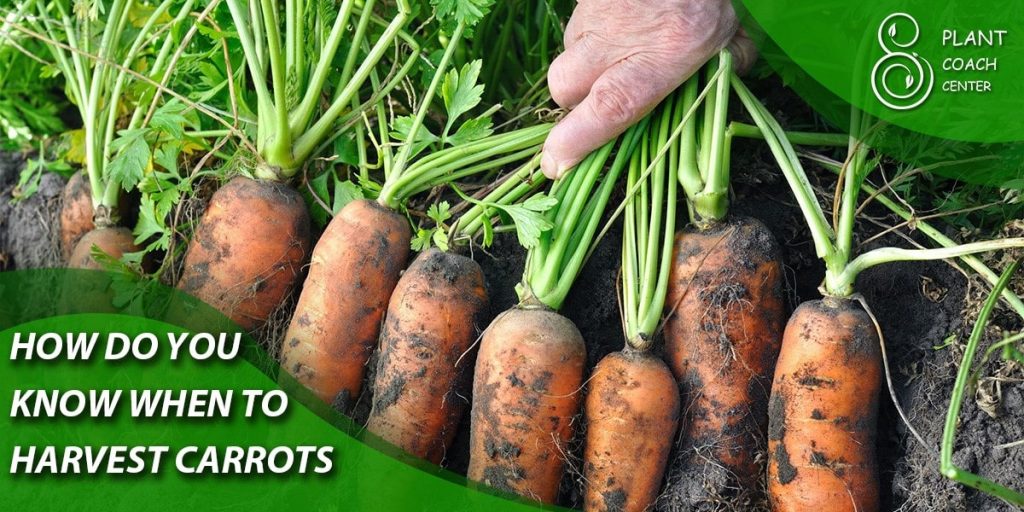
Fall Bounty
Carrots thrive in the cooler temperatures of fall, as the chill enhances their sweetness and flavor. During this season, you can leave mature carrots in the ground longer as they withstand light frosts. However, as winter approaches, harvesting the remaining carrots before the ground freezes is crucial to preserve their quality.
Winter Harvesting
In milder climates, carrots can be left in the ground over the winter with a thick layer of mulch for protection. The cold temperatures prompt the carrots to convert starches into sugars, resulting in sweeter roots. However, in regions with harsh winters, harvesting carrots before the first hard freeze is necessary to prevent damage to the crop.
Rain and Soil Drainage
Excessive rain during any season can lead to waterlogged soil, causing carrots to split and become susceptible to rot. Ensuring proper soil drainage is essential, especially for heavy or clayey soils. Raised beds and well-draining soil amendments can help mitigate the effects of heavy rain.
Sowing to Reaping: Expert Tips for Planning a Bountiful Carrot Harvest
Growing carrots may seem straightforward, but achieving a bountiful harvest of these vibrant, sweet roots requires careful planning and attention to detail. From selecting suitable carrot varieties to nurturing them through various stages of growth, every step in the process plays a crucial role in the final outcome. To ensure a successful carrot harvest, consider the following expert tips:
Choose the Right Carrot Varieties
Carrots come in various shapes, colors, and sizes, each with unique characteristics. Consider your growing conditions and culinary preferences when selecting carrot varieties. Some are better suited for heavy soils, while others thrive in loose, sandy soil. Choose disease-resistant varieties to minimize potential problems and ensure a higher success rate.
Prepare the Soil
Carrots prefer well-draining, loose soil, free from rocks and other obstacles that might cause the roots to deform. Prepare the ground by removing debris and breaking up clumps to allow young carrots to grow straight and unobstructed. Incorporate compost or well-rotted organic matter to enhance soil structure and nutrient content.
Proper Seed Sowing
Carrot seeds are tiny, and even distribution is essential for uniform growth. Mix carrot seeds with fine sand or coffee grounds to create a more visible and evenly dispersed mixture. Sow the seeds in rows, covering them with a thin layer of fine soil. Avoid over-sowing, as crowded seedlings will require thinning later on.
Thinning Seedlings
As the carrot seedlings emerge, thinning is necessary to provide adequate space for each carrot to grow. When the seedlings are about 2 inches tall, carefully remove excess plants, leaving about 2-3 inches of space between each remaining seedling. Thinning helps prevent overcrowding, allowing carrots to develop fully and reach their potential size.
Consistent Watering
Carrots need consistent moisture to grow well, especially during germination and root development stages. Ensure the soil remains evenly moist but not waterlogged throughout the growing season. Drip irrigation or soaker hoses can help deliver water directly to the roots, reducing the risk of foliar diseases.
Mulching and Weeding
Apply a layer of organic mulch around the carrot plants once they reach a few inches tall. Mulch helps retain soil moisture, suppresses weed growth, and keeps the soil cool during hot weather. Regular weeding is crucial, as carrots do not compete well with weeds for nutrients and space.
Protection from Pests
Carrots can prey on pests like carrot flies and aphids. To deter pests naturally, consider companion planting with aromatic herbs like rosemary, sage, or onions. AdCoveringhe carrot crop with fine mesh or row covers can prevent insects from laying eggs near the plants.
Harvesting at the Right Time
As the carrots near maturity, keep a close eye on the foliage and the size of the roots. Refer to the specific variety’s estimated maturity time to determine when they are ready for harvesting. Remember to harvest before the ground freezes in colder climates to preserve their quality.
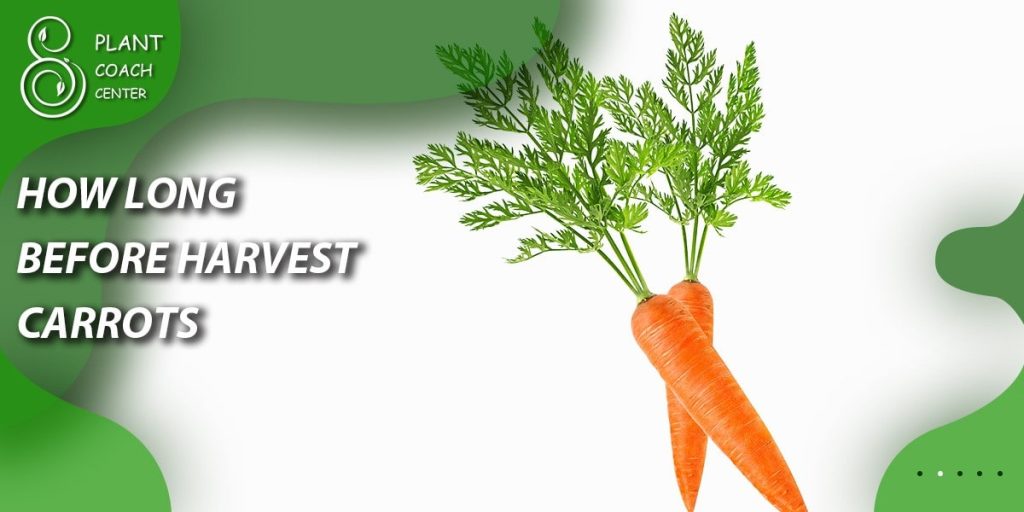
Carrot Care 101: Preparing the Ground for an Abundant Harvest
Creating the ideal foundation for your carrot crop is essential to ensure a successful and abundant harvest of these vibrant and nutritious root vegetables. Properly preparing the ground sets the stage for healthy growth, robust roots, and a rewarding gardening experience. Let’s delve into the critical steps of carrot care, focusing on how to get the ground ready for your carrot plants:
Choose the Right Location
Carrots thrive in full sun, so select a location in your garden that receives at least 6 to 8 hours of direct sunlight daily. Adequate sunlight ensures that the carrot plants can photosynthesize efficiently, promoting healthy leaf growth and sweet root development.
Prepare the Soil
Carrots prefer loose, well-draining soil with a sandy or loamy texture. Before planting, clear the area of debris, rocks, and weeds that can obstruct carrot growth. Use a garden fork or tiller to loosen the soil to a depth of at least 12 inches, allowing young carrot roots to penetrate the ground quickly.
Soil Enrichment
Carrots are heavy feeders, and nutrient-rich soil is crucial for their development. Incorporate compost, well-rotted manure, or other organic matter into the ground to improve its fertility and structure. This provides essential nutrients and enhances the soil’s ability to retain moisture, promoting healthy root growth.
pH Level
Carrots prefer a slightly acidic to neutral soil pH, ranging from 6.0 to 7.0. Test the soil’s pH level using a soil testing kit, and amend it accordingly with lime to raise pH or sulfur to lower pH if necessary.
Raised Beds or Containers
If your garden has heavy or clayey soil, consider planting carrots in raised beds or containers filled with a well-draining soil mix. Raised beds allow for better control over soil quality and prevent issues with soil compaction, which can lead to deformed carrots.
Timing the Planting
Timing is critical for carrot planting. Sow carrot seeds outdoors in the garden about 2 to 3 weeks before the spring’s expected frost date carrots are cold-tolerant, so early planting is possible in cool climates. For successive harvests, you can plant every few weeks until mid-summer.
Proper Seed Sowing
Carrot seeds are tiny and require careful handling during sowing. Mix the seeds with a small amount of sand or coffee grounds to help disperse them evenly. Plant the seeds in shallow furrows, spaced according to the recommended distance for the specific carrot variety.
Watering Techniques
Keeping the soil consistently moist is crucial for carrot germination and growth. Water the soil gently but deeply immediately after sowing the seeds and continue watering regularly throughout the growing season. Avoid overwatering, as excessive moisture can lead to issues like root rot or splitting.
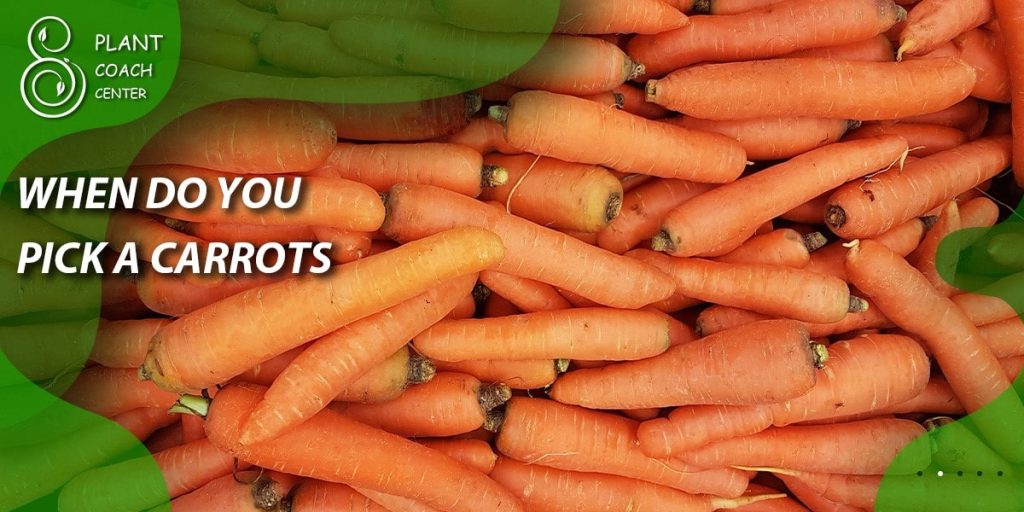
Conclusion
In conclusion, the journey from sowing to reaping a bountiful harvest of carrots is a fulfilling and rewarding experience that requires careful attention, dedication, and love. By understanding the growth stages of carrots, considering seasonal sensibility, and preparing the ground with expertise, gardeners can set the stage for a successful crop of vibrant and sweet roots.
Harvesting with love, the final act in this horticultural symphony, allows us to connect intimately with nature and appreciate the delicate beauty of our homegrown treasures. As we gently extract these earthy delights from the soil, we celebrate the culmination of our efforts and the rich flavors that await our taste buds. Embracing the art and science of carrot cultivation enables us to fill our plates with nutritious and delicious produce grown with care and passion.
So, whether you are a seasoned gardener or a green-thumb enthusiast, visit PlantCouchCenter.com for more gardening tips and inspiration as you embark on your carrot-growing journey and cultivate your haven of fresh, homegrown goodness. Happy gardening!
When is the best time to harvest carrots?
Harvest carrots when they reach full maturity, usually around 60-80 days after planting.
How can I tell if my carrots are ready for harvest?
Look for lush, bushy foliage and gently pull a sample carrot to check its size and sweetness.
Can I leave carrots in the ground for extended periods?
Carrots can stay in the ground during fall and even overwinter in milder climates for a sweeter flavor.


